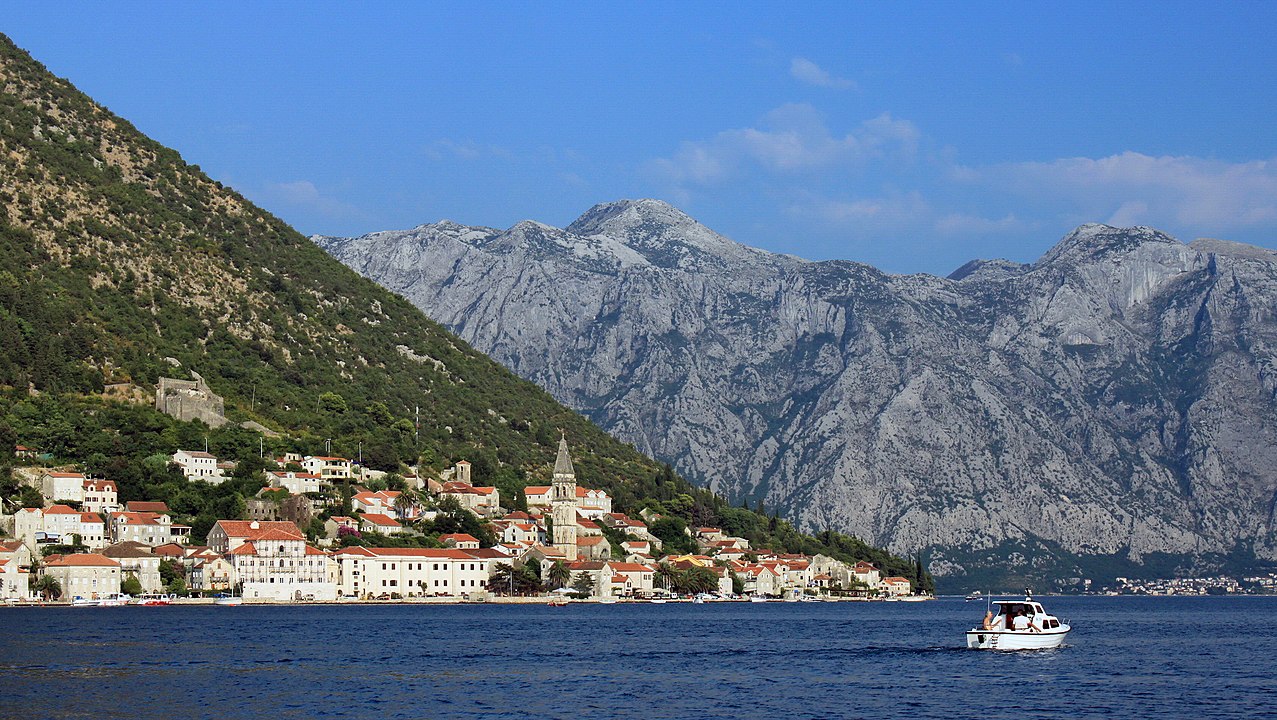Border rules shift, and smart trips start with tidy paperwork. Several destinations still welcome U.S. travelers, but only after an e-visa, a consular stamp, or a paid permit clears. Timelines and fees vary, and some routes ask for extras like passport photos, itineraries, or proof of funds. None of this kills the mood; it just sets a cleaner runway. The seven spots below are popular and very doable when the steps happen early, the documents match, and copies live in both phone and daypack.
Brazil

Samba and rainforest are within reach, but an electronic visa now comes first for most leisure visitors. The online form asks for passport details, a rough itinerary, and contact info, then returns an approval that must match the passport at boarding. Stays often run up to 90 days within a year, generous enough for Rio, Iguazu, and Manaus in one loop. Print the grant notice, carry a backup in email, and check that your entry airport accepts the e-visa format without extra steps.
China

Ancient walls and skyline views share one constant for Americans: a pre-trip visa placed in the passport. Applications go through a consulate or visa center and may request hotel bookings, flights, and a basic travel plan. Processing can be quick when forms are clean and photos meet specs. Many tourist visas carry long validity with stays capped per visit, which suits repeat travelers. Book appointments early, write dates consistently across forms, and keep photocopies of everything in a flat folder.
Russia
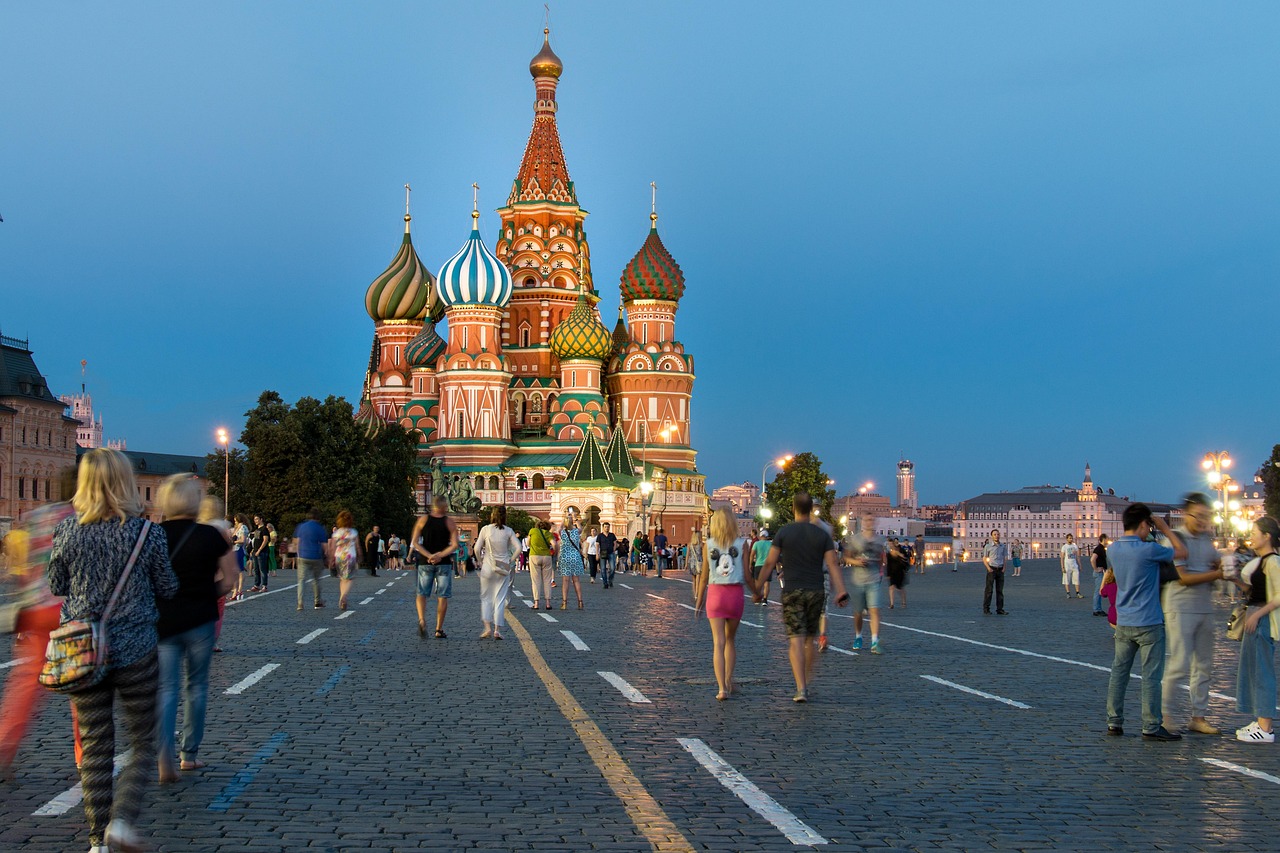
From museum halls to long rail segments, entry hinges on a visa secured well before departure. Travelers typically need an invitation letter from a hotel or tour operator, plus completed forms that mirror exact dates and cities. Expect firm rules on photos, signatures, and insurance. Tourist visas commonly allow up to 30 days, which fits a focused route. Start at least a month ahead to gather letters, pick a processing method, and avoid scrambling for last-minute corrections at the window.
India
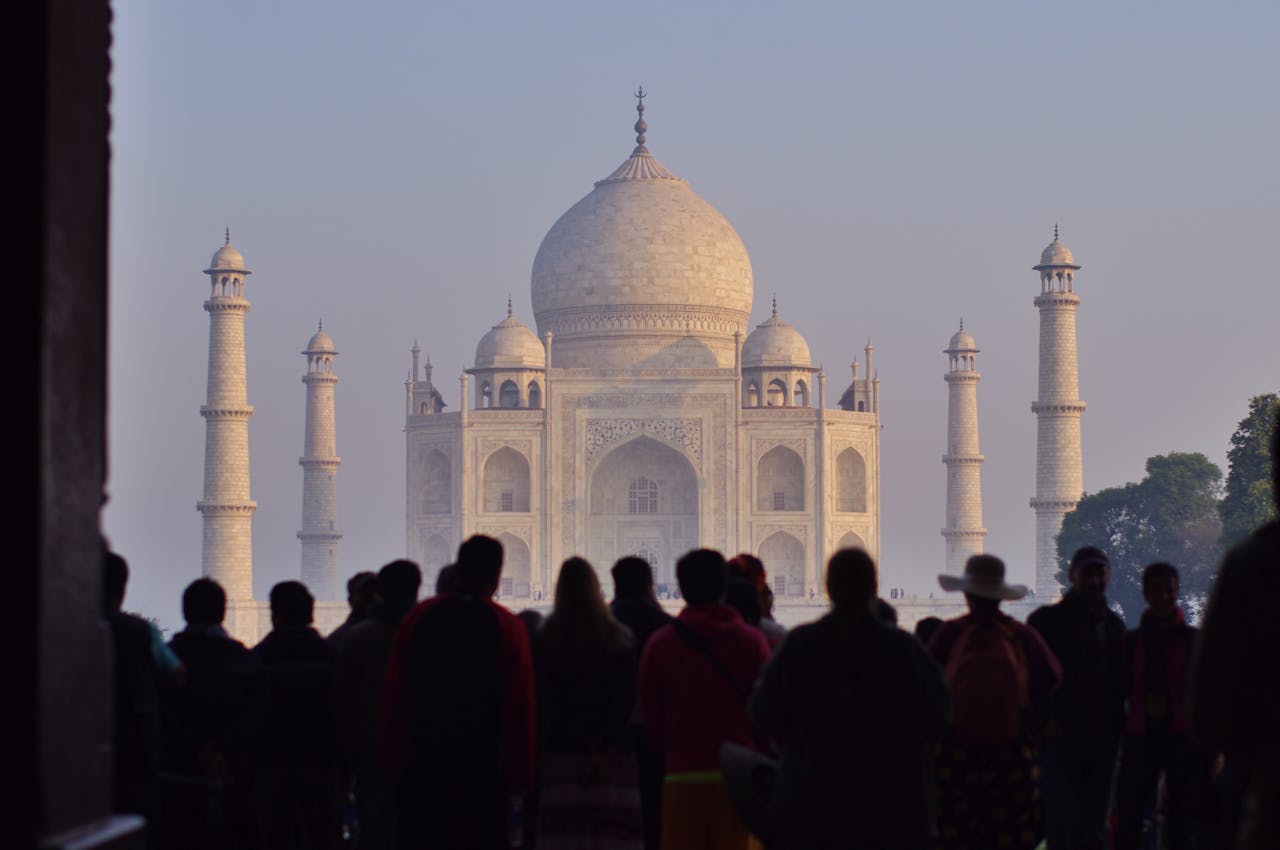
The energy of India pairs well with a streamlined e-visa that arrives by email. The portal asks for a clear headshot, passport scan, and basic travel details, then issues an approval that must be printed for boarding. Options range from short visits to multi-year validity, with stays per entry set by the category. Make sure the passport has six months remaining and two blank pages. Confirm that the first airport supports e-visa lanes so arrival feels like a line, not a maze.
Egypt

Cairo, Luxor, and the Nile are accessible with simple paperwork handled either online before flying or at the airport on arrival. Tourist permission commonly covers a 30-day single entry, which suits a classic loop along the river. Cash helps at busy counters, while an approved e-visa shortens the queue. Keep hotel addresses handy for forms, and store the sticker or printout flat to avoid smudges. For multiple visits in one season, a consular visa can add flexibility.
Vietnam
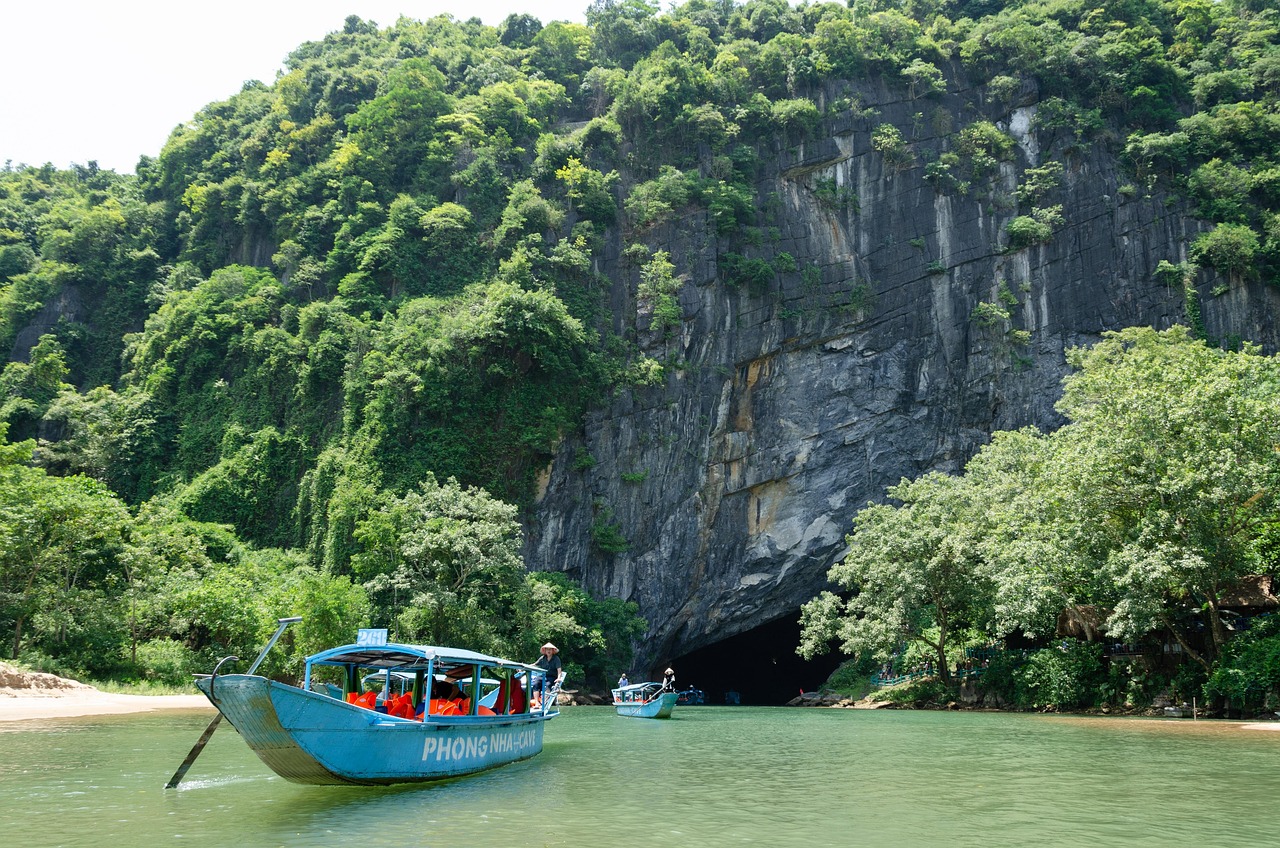
Street food, limestone bays, and mountain passes start with the right entry document. Most travelers choose an e-visa that processes online and supports a single entry of up to 30 days. Some still use a pre-approval letter for pickup at airport counters, but that requires steps before flying and exact arrival points. Check that your airport honors your chosen method, confirm passport validity six months past exit, and carry printouts alongside return flight details to keep the line quick.
Bolivia
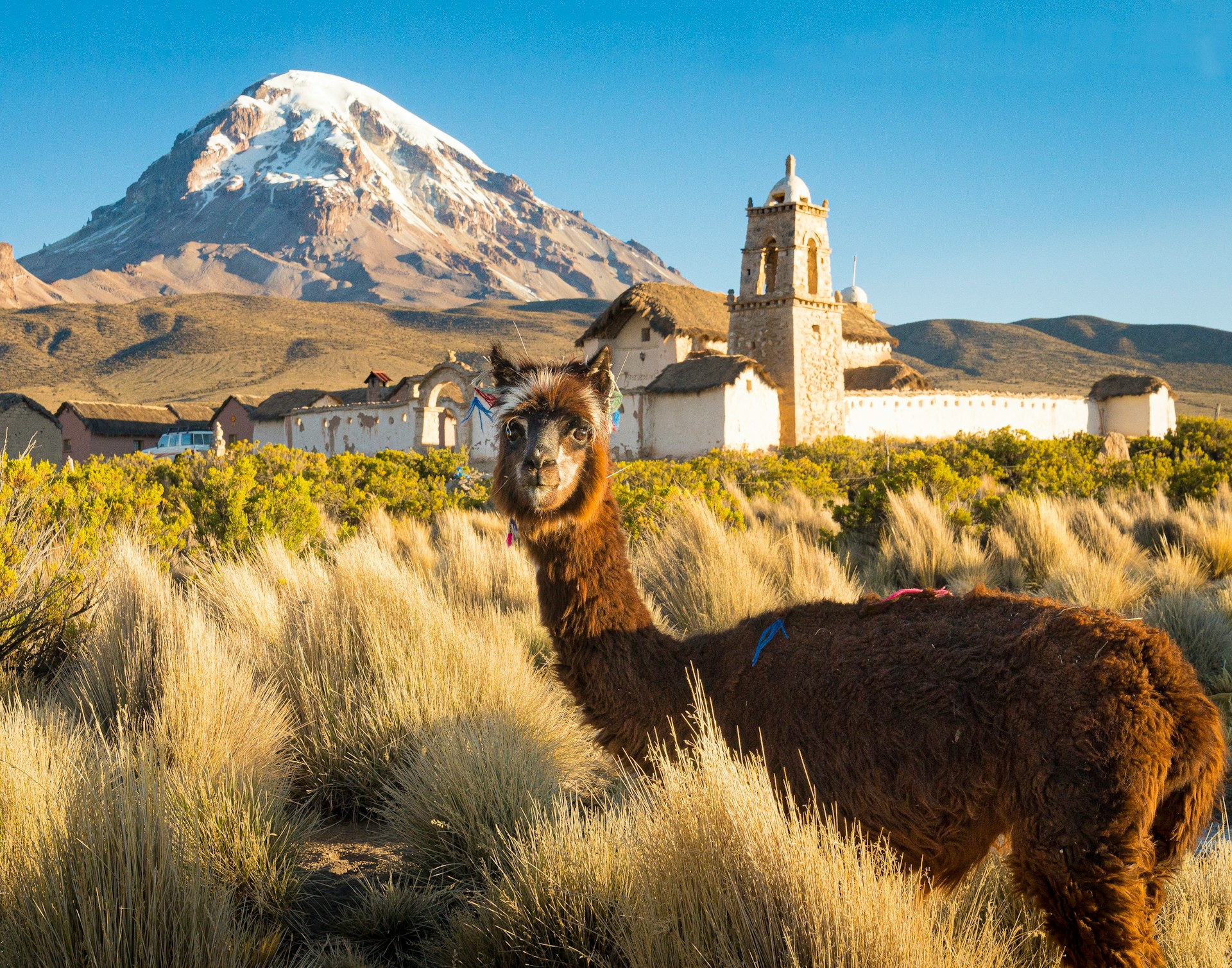
Salar de Uyuni’s white expanse and Andean cities welcome prepared visitors. Americans can usually obtain a visa at land or air entry for a fee paid in cash, so exact change speeds the process. Bring a passport photo, proof of lodging or itinerary, and a yellow fever card if routed through risk zones. The permit often covers 30 days with options to extend inside the country. Organize documents in a clear sleeve so officers can review quickly and stamp without delays.

